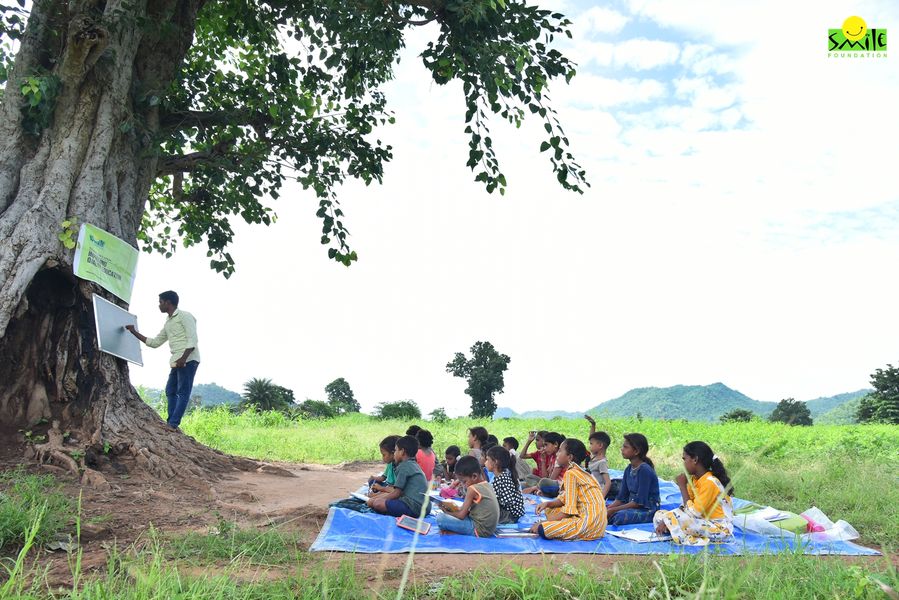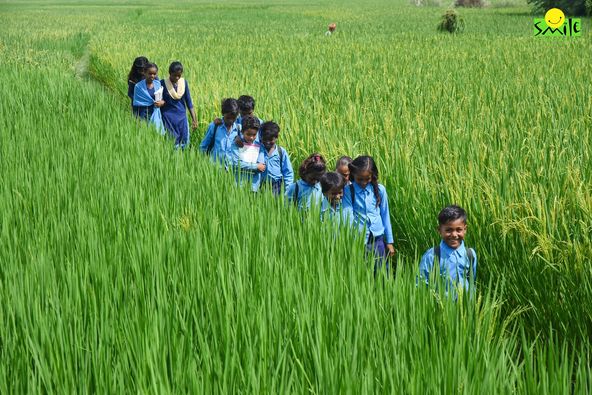When a community is affected by a calamity, a quick restoration to the status quo is frequently desired. However, simply reconstructing communities to pre-disaster norms will reintroduce prior vulnerabilities and leave them vulnerable to destruction from future catastrophes.
People understand that reconstruction offers a chance to rebuild better. Today’s definition of disaster preparedness includes measures to lower catastrophe risk factors, restoration and rehabilitation of the infrastructure and living circumstances of communities devastated by disasters.
Sustainable growth is increasingly understood to ensure resilient recovery and reconstruction. Recovery and rebuilding initiatives need consistent technical and financial resource commitments for planning, execution, and performance management. Governments at the national level must also be able to create rules and systems that guarantee the inclusion of catastrophe risk reduction in recovery and reconstruction activities.
Disaster Preparedness is Crucial even Before Disaster Strikes
Survival depends on being prepared for emergencies. This holds true for individuals, organisations, communities, and countries. People can avoid being trapped in hazardous situations by following predetermined escape and evacuation routes. Accessible food and water supplies can keep individuals from becoming hungry or dehydrated. After a disaster, emergency shelters can provide a temporary home and keep people out of dangerous weather conditions.
For preparedness before disaster, the list continues. And the list alters based on the nature of the catastrophe and the particulars of the circumstance. You might not be able to withstand an earthquake if you are prepared for a fire. In the case of a bombing, a strategy to save people from flooding is unlikely to be helpful.
Patients with disabilities or those who require specialist equipment to survive might not be able to be evacuated from a hospital using a procedure designed only for mobile patients. All possible risks to our communities must be taken into account, as well as the social vulnerability of certain populations including the homeless, aged, and crippled.
Preparation has the capability to decimate fears amidst uncertainties. The negative psychological impacts of enduring a traumatic experience cannot be totally avoided, but careful planning can lessen suffering by avoiding unnecessary difficulty and removing or minimising ambiguity. Knowing what to do and where to go can help everyone involved get to safety more quickly and reduce their dread of the unknown.
Disaster Prevention and Mitigation
Even with the finest disaster preparedness, a disaster or emergency frequently leads to loss of life and/or property. Making sure that losses aren’t catastrophic is one of the cornerstones of emergency preparation. Backup copies of crucial papers must be kept in a secure location. Plans for succession are required for key leadership roles. Families require wills. Everyone needs somewhere to move to in the event that a house or workplace is destroyed, including individuals, businesses, and government organisations. You may recover rapidly if you have a plan in place for keeping things running after a loss.
Disaster assistance attends to the short and long-term needs of populations affected by disasters. Emergency medical aid, search and rescue operations, and evacuations are some examples.
Things for successful Disaster Preparedness
Disaster aid cases include–
- establishing transient shelters that offer a secure place to sleep, food, and emotional support from skilled staff
- bringing food and water
- distributing essentials and emergency goods, including tarps, shovels, and trash bags for cleanup operations and toiletries for hygiene
- delivering emergency medical services, such as refills for prescription drugs and first aid for injuries
Rebuilding
Communities may restore their lives after trauma with the aid of emergency management. This entails longer-term restoration efforts–
- Housing
- Financial Stability
- Systemic Infrastructure
- Health of the individual and the community
- As towns reconstruct and regenerate, federal agencies and supporting groups assist them in problem-solving and resource discovery
Assistance in recovery could include the following–
- Assistance with finding a job
- Housing support
- Legal assistance
- Mental health support
- Emergency case management
Components of disaster recovery
Disaster recovery team
This designated team of experts is in-charge of developing, carrying out, and administering the disaster recovery plan. The roles and duties of each team member should be specified in this strategy. The disaster recovery team must be able to communicate with one another, staff members, suppliers, and clients in the case of an emergency.
Analyse possible risks that might endanger your organisation. Plan the steps and resources necessary to restore operations based on the kind of incident. For instance, what data protection safeguards would the recovery team have in place in case of a cyberattack?
To meet constantly changing risks and business requirements, the recovery team should test and adapt its plan on a regular basis. A business may overcome these difficulties by consistently making sure that it is prepared to handle the worst-case scenarios in emergency situations. Organisations must regularly evaluate and improve their security and data protection plans, have safeguards in place to identify possible security breaches, and prepare how to respond to attacks like cyber ones.
What kinds of disaster preparedness options are there?
Businesses and nonprofits have a choice of disaster preparedness options to select from, or they can combine several–
- Data must be stored off-site or on a portable device for backup. When a natural disaster or fire strikes, a company will set up a minimal infrastructure in a secondary, infrequently used building to provide staff a place to work. Although it allows for the continuation of corporate activities, a cold site must be used in conjunction with other disaster recovery strategies since it does not offer a means of protecting or recovering crucial data.
- Hot Site. A hot site always keeps current copies of the data. Hot sites take longer to set up and cost more money than cold sites, but they have a far lower downtime.
- DRaaS (Disaster Recovery as a Service). A DRaaS provider shifts an organisation’s computer processing to its own cloud infrastructure in the case of a disaster or ransomware attack, enabling a firm to keep operating flawlessly from the vendor’s location, even if an organisation’s servers are down. Plans for DRaaS are offered through subscription-based or pay-per-use business models. There are benefits and drawbacks to selecting a local DRaaS provider. While latency may decrease after moving to DRaaS servers closer to an organisation’s location, a nearby DRaaS may also be impacted by a major natural catastrophe.
Smile Foundation
Under its Disaster Response programme, Smile Foundation, which focuses its welfare interventions on children and their families, responds to the cry of humanity during such catastrophes by providing immediate help. Smile Foundation has responded quickly to the immediate needs of those affected by disasters. Visit here to know how you can contribute to rebuild India.








